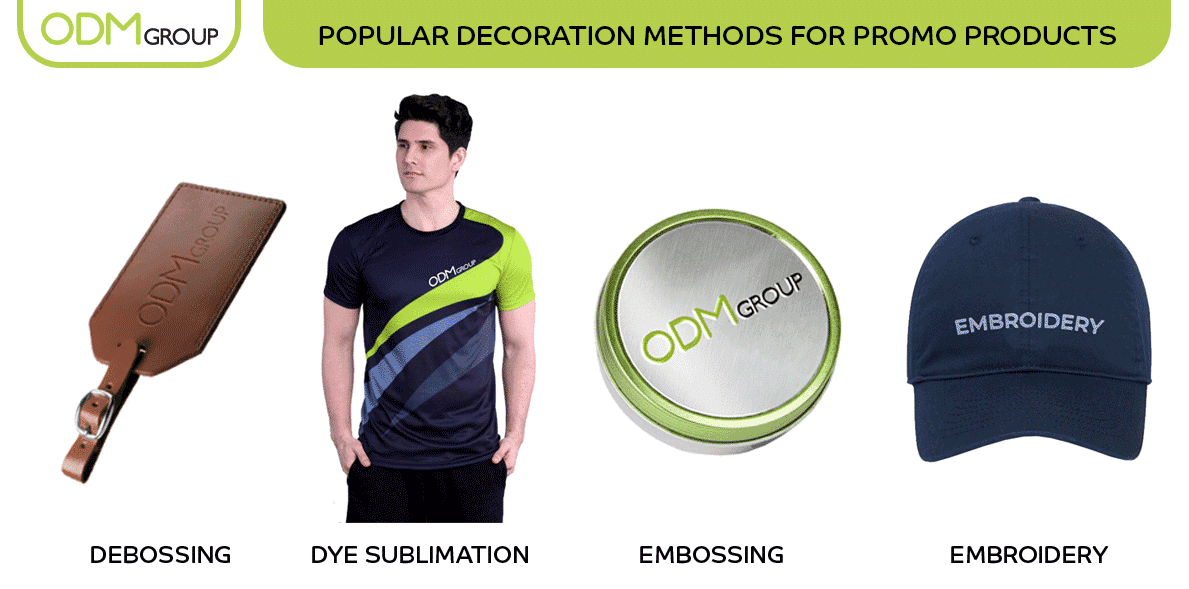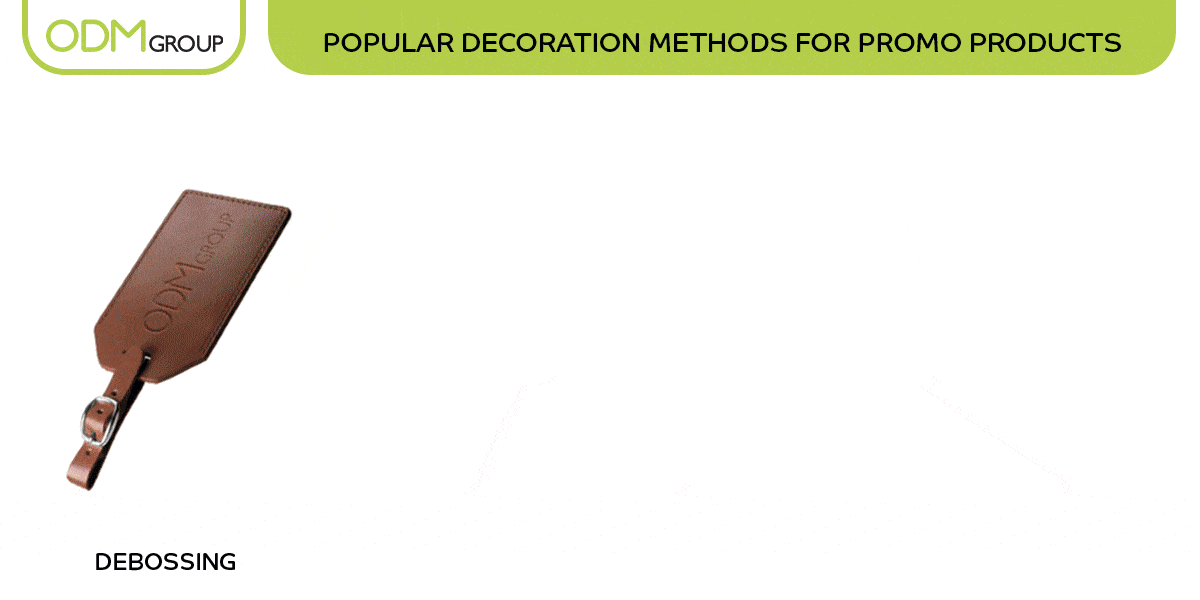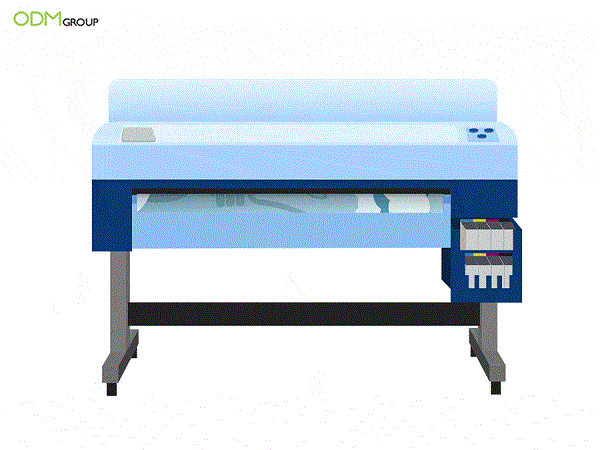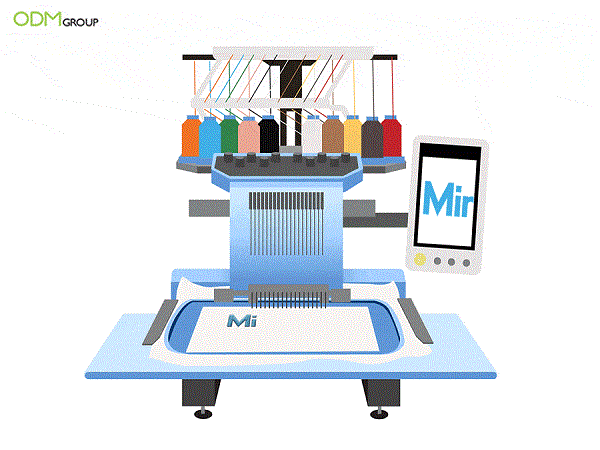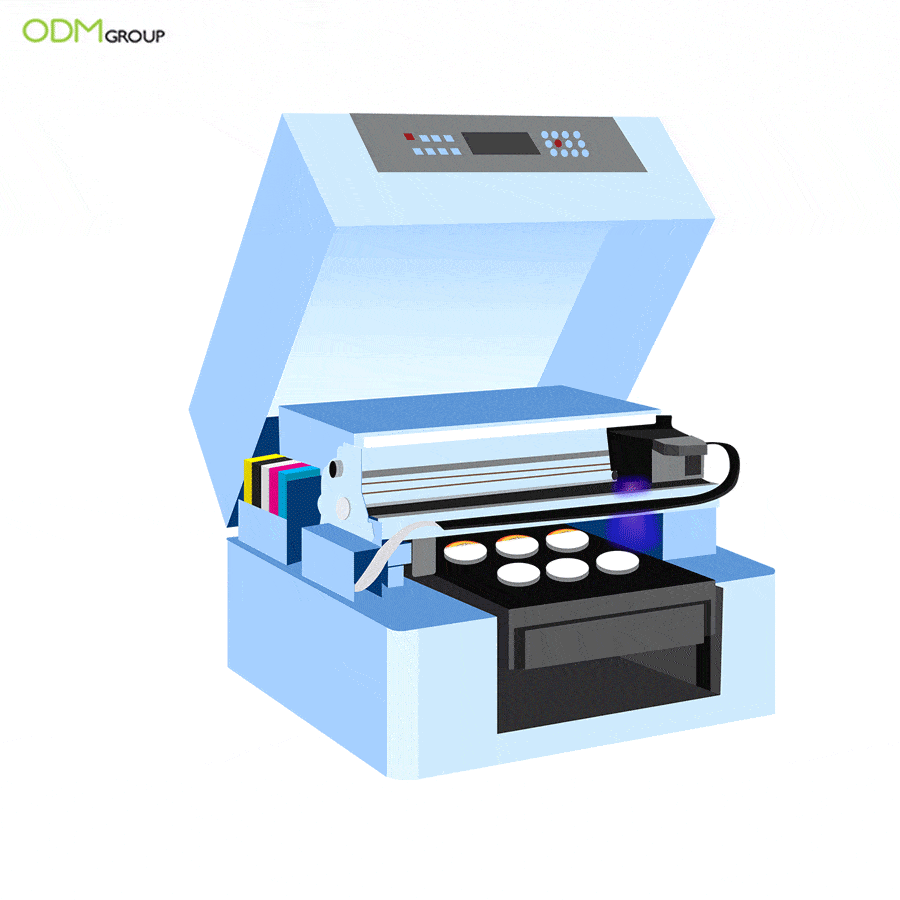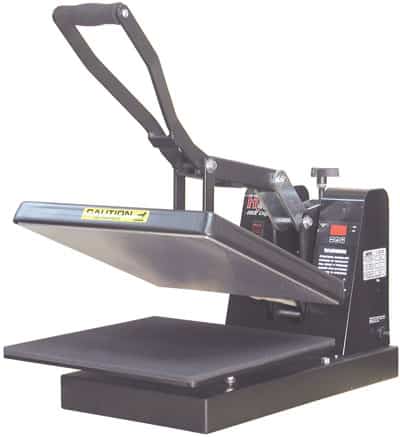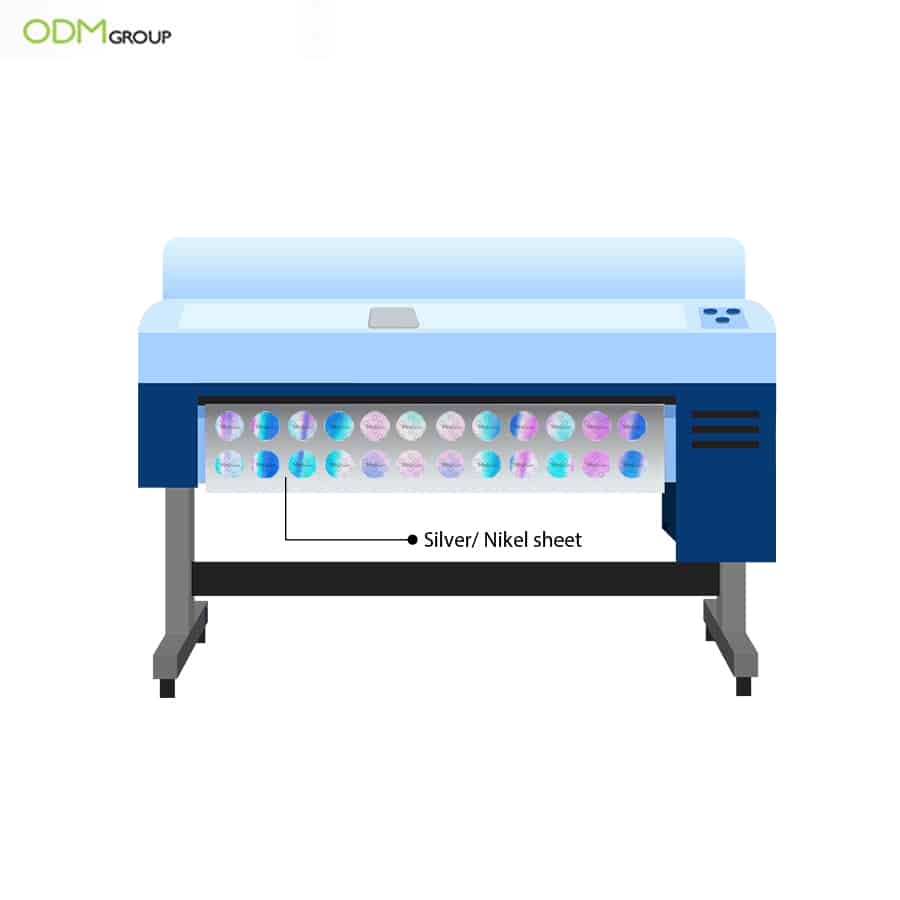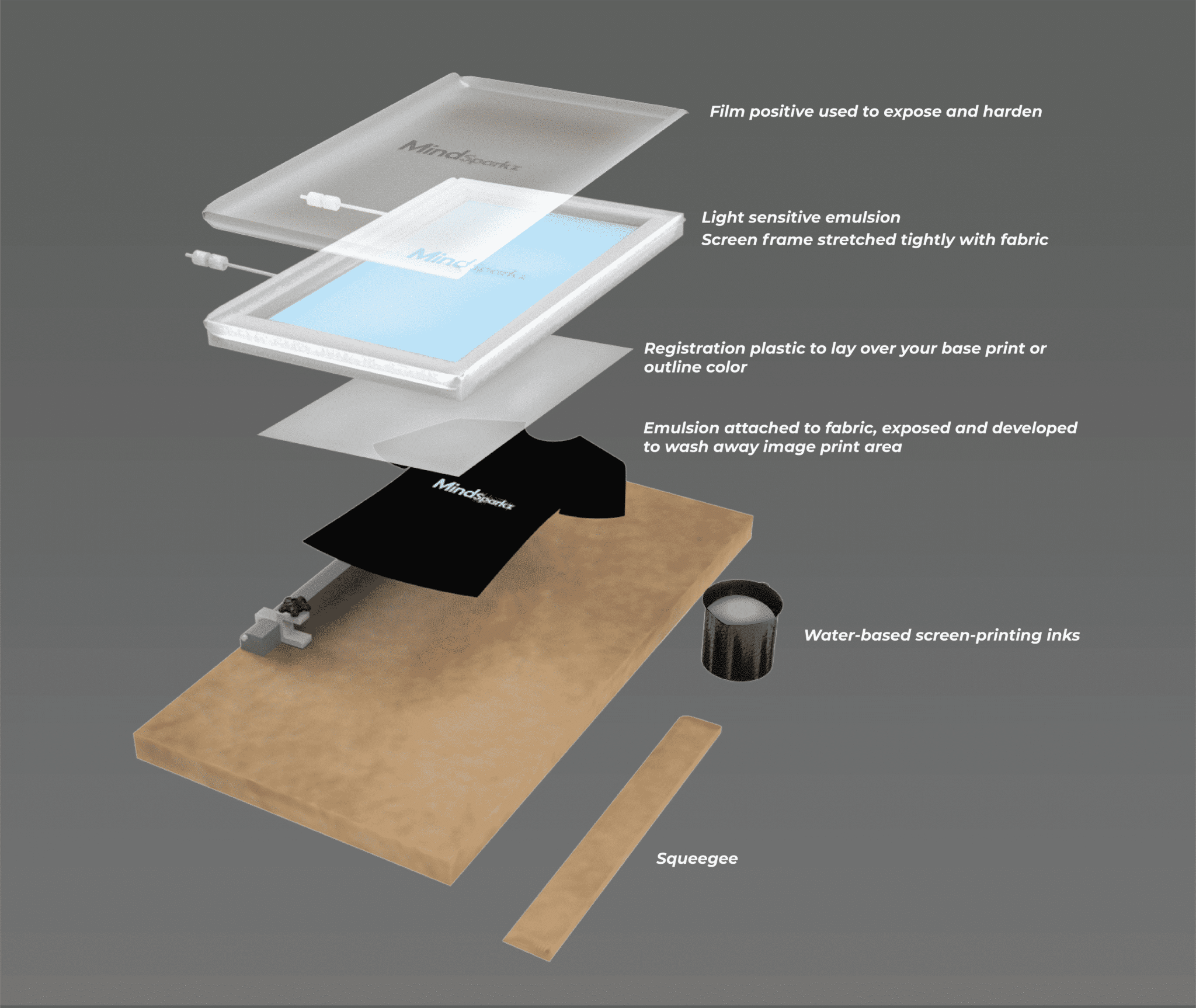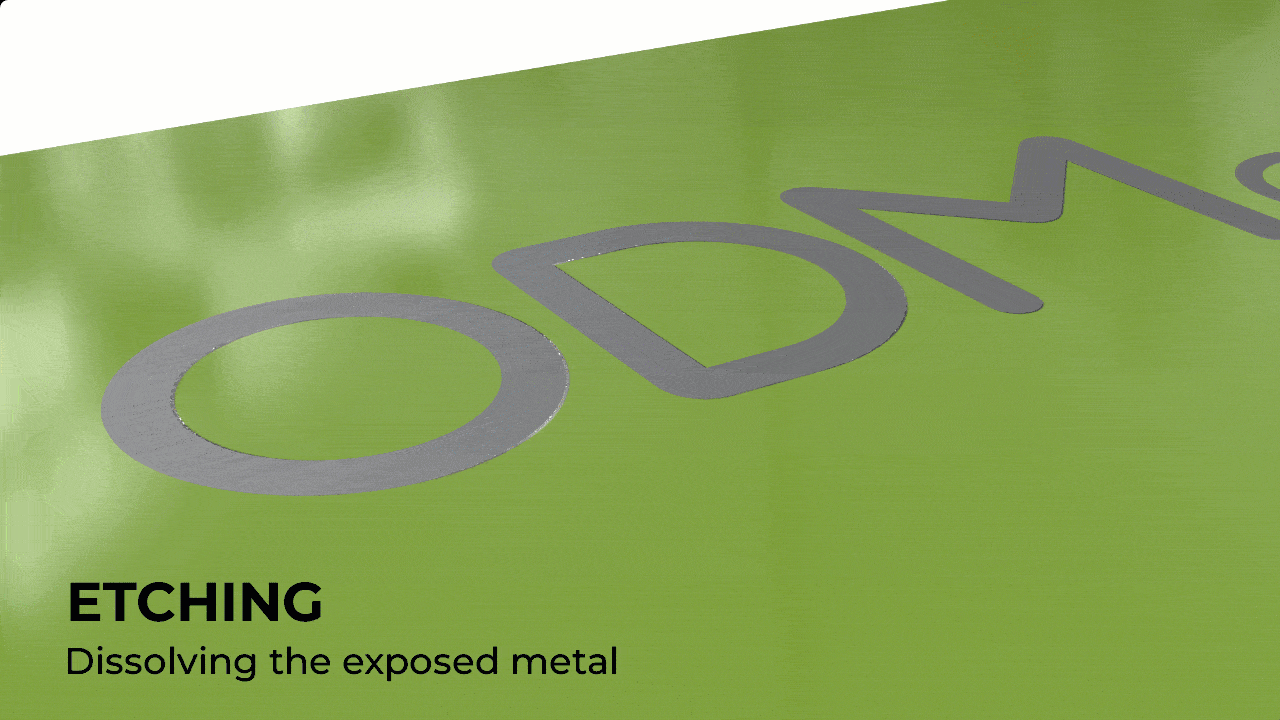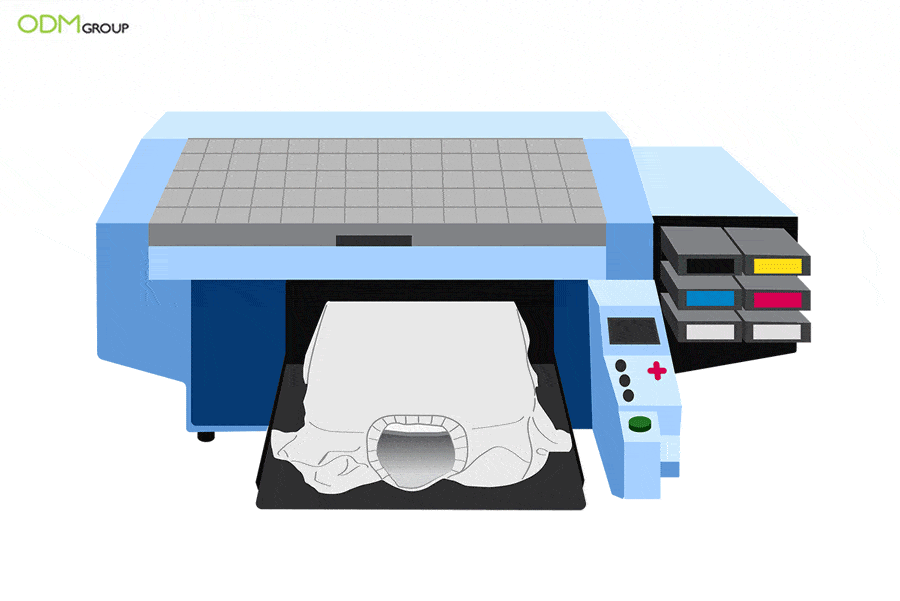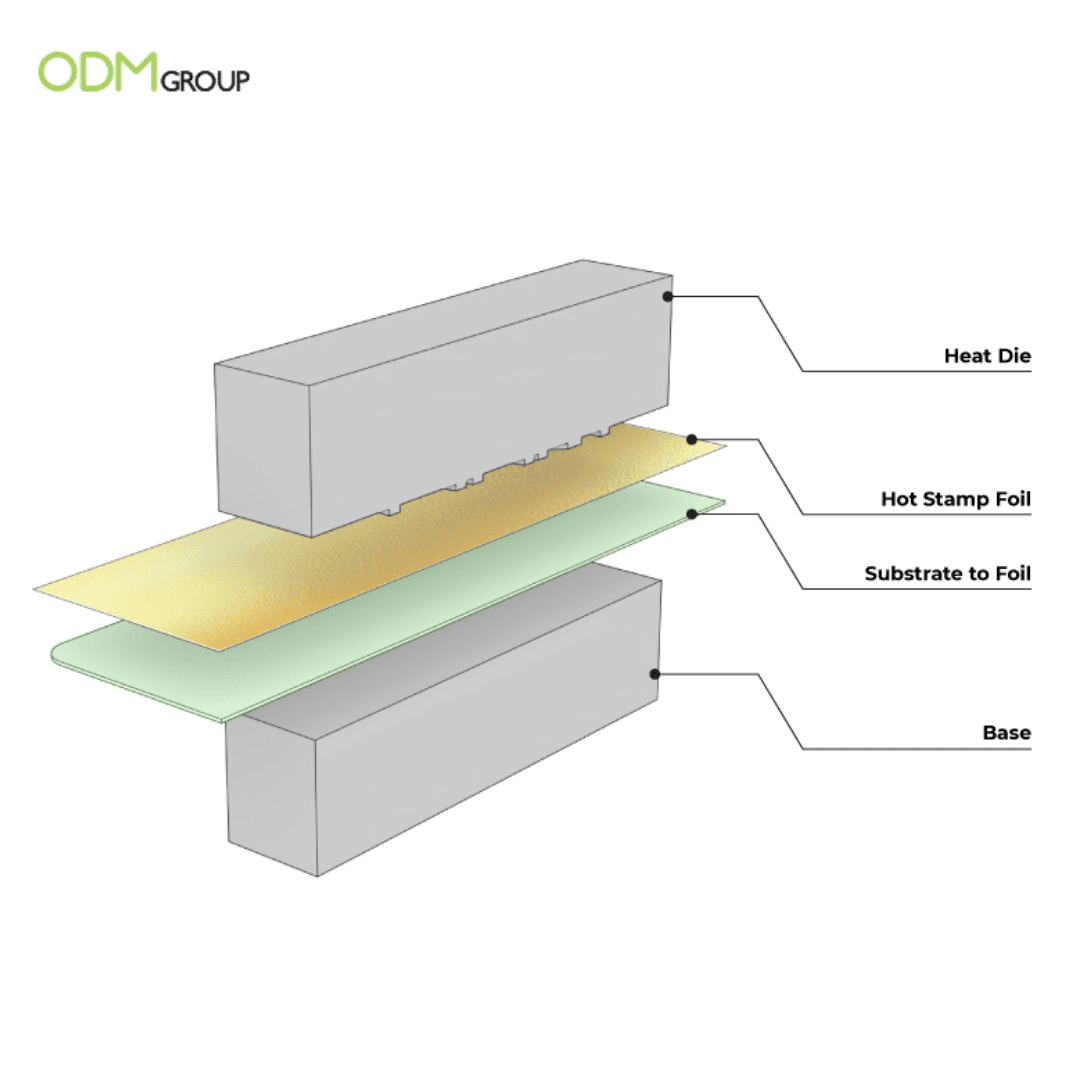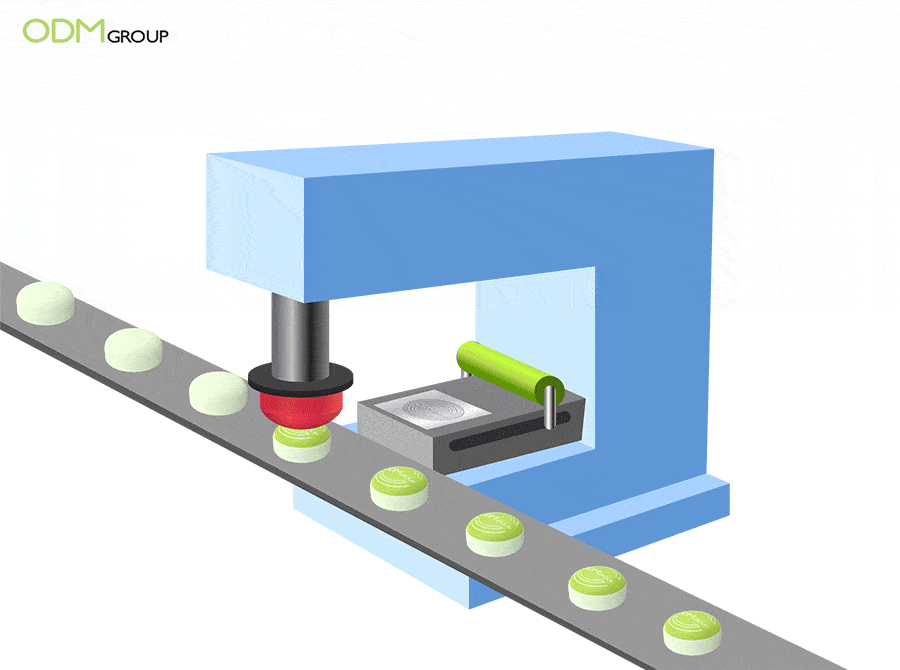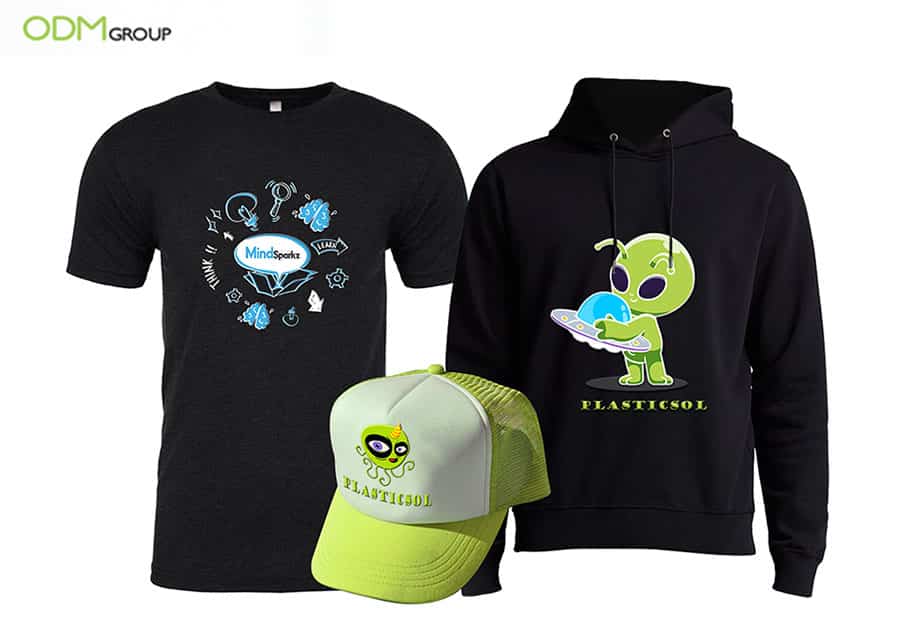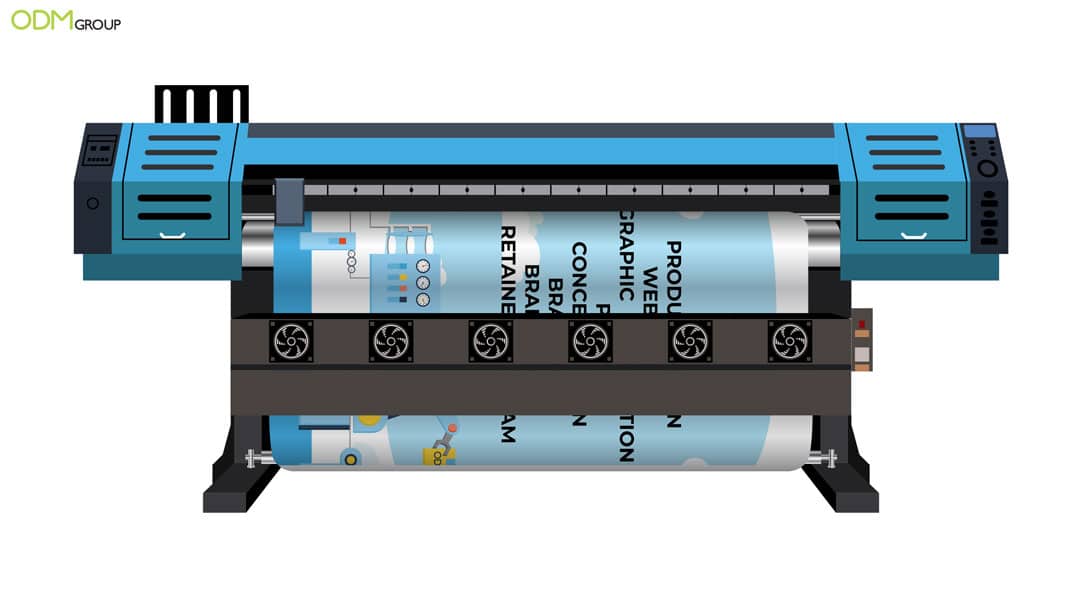Decoration Methods for Promotional Products
The promotional product industry is a fast-paced, competitive and high-value market. The key to success is to ensure that your brand stands out from the crowd by creating a unique identity that is easily identifiable as yours. This is what we call Branding.
Branding is the process of creating, communicating and delivering a message that helps your customers associate your business with a set of related values and beliefs.
It is more than just a logo, it’s what makes you different from all the other companies in your space. It can be as simple as a name or as complex as an entire visual identity system. The main goal of branding is to make you stand out from the crowd so your customers know they can trust you.
There are many ways to build your branding, but decoration methods are indispensable in helping you achieve this goal by presenting an appealing image to consumers, which makes them interested in your products and services.
Debossing
Debossing is a decoration technique that creates an impression on a material by pressing down the material from one side. The impression is typically in the form of a design, pattern, or text that is sunken or recessed into the material rather than raised like in embossing.
Debossing can be achieved using a metal plate or die that is heated and pressed onto the material using a printing press.
| Popular Products for Debossing |
|---|
| Leather Goods |
| Business Cards |
| Stationery Items |
| Product Packaging |
| Product Tags and Labels |
Dye Sublimation
Dye sublimation is a printing technique that involves printing an image onto a special transfer paper using a digital printer and then using heat to transfer the dye onto the intended material.
It is known for producing sharp, vivid colours and images that are resistant to fading, smudging, and other forms of deterioration.
Dye sublimation is also a popular choice for producing custom designs and products, as it allows for a high degree of customization and flexibility.
| Popular Products for Dye Sublimation |
|---|
| Promotional Apparel |
| Ceramic Merchandise |
| Office Supplies |
| Sports Equipment |
| Home Decorations |
Embossing
Embossing is a decoration technique used to create a raised, three-dimensional effect on a surface. It involves pressing a design into a material which creates a raised image or text on one side of the material and a corresponding indentation on the other side.
The result is a tactile and visually appealing effect that adds texture and depth to a printed piece.
| Popular Products for Embossing |
|---|
| Promotional Bottles |
| Leather Goods |
| Stationery Items |
| Office Supplies |
| Product Packaging |
Embroidery
Embroidery is the art of decorating fabric or other materials using a needle and thread (or, in some cases, yarn or other materials). It involves creating designs, patterns, and textures on a piece of fabric by sewing various types of stitches, often using coloured threads to add visual interest and complexity.
Embroidery can be done by hand or with the use of a sewing machine.
| Popular Products for Embroidery |
|---|
| Merchandise Bags |
| Promotional Apparel |
| Towels |
| Home Decorations |
| Hats and Caps |
Full Colour Digital
Full colour digital printing, also known as CMYK printing, is a printing process that uses four ink colours (cyan, magenta, yellow, and black) to produce a wide range of colours and shades.
These four ink colours are mixed in various proportions to create all the colours in a digital image, allowing for accurate and detailed reproduction of photographs, illustrations, and other complex artwork.
It provides high-quality, vibrant and accurate colours, making it a popular choice for a wide range of printing applications.
| Popular Products for Full Colour Digital Printing |
|---|
| Business Cards |
| Promotional Apparel |
| Bags |
| Drinkware |
| Stickers and Decals |
Heat Transfer
Heat transfer printing is a method of printing designs, images, or text on a substrate by transferring them from a carrier paper or film onto the surface of the substrate using heat and pressure.
It has become a popular printing method because it allows for high-quality, full-color designs to be transferred onto various materials quickly and easily, with minimal setup and equipment required.
| Popular Products for Heat Transfer Printing |
|---|
| Branded Apparel |
| Hats and Caps |
| Mugs and Drinkware |
| Promotional Bags |
| Umbrellas |
Holographic Stickers
Holographic stickers are a type of sticker that uses holographic technology to create a three-dimensional effect. They are often used as a security measure to authenticate products, documents, or other items.
They are difficult to replicate or forge, as the holographic image is unique and cannot be easily copied. When applied to a product or document, the holographic sticker serves as a visual indicator that the item is authentic and has not been tampered with.
In addition to their security benefits, holographic stickers can also be used as a decorative element, as they have a unique and eye-catching appearance.
They can be customized with different designs, shapes, and sizes to suit the specific needs of the brand or business.
| Popular Products for Holographic Labels |
|---|
| Banking Cards |
| Product Packaging |
| Certificates and Documents |
| IDs and Passes |
| Promotional Products |
Screen Printing
Screen printing, also known as silkscreen printing or serigraphy, is a printing technique that involves transferring ink or other materials through a mesh stencil (the “screen”) onto a substrate.
The stencil is created by blocking off certain areas of the mesh with a light-sensitive emulsion or by cutting out a stencil from a sheet of film or paper.
It is a versatile and durable printing technique that can produce high-quality, long-lasting prints.
| Popular Applications for Screen Printing |
|---|
| Promotional Apparel |
| Glassware |
| Signages and Banners |
| Packaging |
| Industrial Printing |
Acid Etching
Acid etching is a process of using an acid solution to create a design or texture on a surface of a material. The acid solution reacts with the surface of the material, creating a chemical reaction that etches away a thin layer of material to create the desired design or texture.
The acid solution typically used for etching is hydrofluoric acid, which is highly corrosive and can be dangerous to work with.
To safely etch materials, the acid is usually applied to the surface through a stencil or mask, which protects the areas of the material that are not meant to be etched.
| Popular Materials for Acid Etching |
|---|
| Glass |
| Metal |
| Stone |
| Ceramics |
Direct-to-Garment
Direct-to-garment printing (DTG) is a digital printing method used to print designs or images directly onto garments. Unlike traditional printing methods, which involve transferring an image onto a separate medium before transferring it onto the garment, DTG printing allows the ink to be directly applied to the fabric of the garment.
This printing method works by using a specialized printer that is designed to handle the unique properties of the fabric.
| Popular Materials for DTG Printing |
|---|
| Cotton |
| Combed Cotton |
| Ring Spun Cotton |
| Organic Cotton |
| Other Natural Textiles |
Foil Stamping
Foil stamping, also known as hot stamping or foil printing, is a printing technique that involves the use of a heated die to press and transfer a thin layer of metallic or pigmented foil onto a surface.
It is commonly used in the printing and packaging industries to create high-quality, eye-catching designs on a variety of materials.
| Popular Materials for Foil Stamping |
|---|
| Business Cards |
| Invitations |
| Book Covers |
| Packaging |
| Product Labels |
Pad Printing
Pad printing is a printing process that involves transferring ink from a specially designed plate called a “cliché” onto a silicone pad, which then presses the ink onto the surface of the object being printed.
The silicone pad conforms to the shape of the object and transfers the ink in a controlled manner, making it possible to print on irregular or uneven surfaces.
| Popular Products for Pad Printing |
|---|
| Promotional Products |
| Electronic Components |
| Custom Toys and Games |
| Medical Devices |
| Automotive Parts |
Plastisol
Plastisol printing is a method of screen printing that uses a type of ink called plastisol. Plastisol ink is a thick, opaque ink made from PVC resin and plasticizer. It is known for its durability, vibrant colors, and ability to adhere to a wide range of surfaces.
One of the benefits of plastisol printing is that it can be used on a variety of fabrics, including cotton, polyester, and blends.
Additionally, it can be used to print vibrant colors and detailed designs, making it a popular choice for custom printing.
| Popular Products for Plastisol Printing |
|---|
| T-Shirts and Other Types of Apparel |
| Bags |
| Sports Gear |
| Umbrellas |
| Flags |
Wrap Printing
Wrap printing, also known as full-wrap printing or full-wrap graphics, refers to the process of applying a design or artwork onto a three-dimensional surface, such as a cylindrical or curved object.
This type of printing involves wrapping the design around the entire surface of the object, creating a seamless and continuous image that covers the entire area.
| Popular Applications for Wrap Printing |
|---|
| Vehicle Wraps |
| Beverage Labels |
| Retail Displays |
| Wall Murals |
| Floor Decals |
How to Choose the Ideal Decoration Method for Your Promo Products?
Choosing the right decoration method for your promotional products can be a crucial decision to make. It can have an impact on the overall aesthetic appeal of your products, as well as their durability and longevity.
Here are some guide questions that can help you choose the ideal decoration method for your promo products:
How Can ODM Help?
When it comes to promotional materials, we know that standing out in a crowded market is key. That’s why choosing the right decoration method is so important.
Don’t worry, we’re here to help!
At ODM, our team of experts is committed to providing top-notch services and helping you achieve the most effective decoration method for your branded merchandise.
With our wealth of experience in the industry, we can offer guidance and advice to ensure that you select the best decoration method for your budget and specific needs.
So why not let us lend a helping hand and make your promotional materials really pop?
Latest Blogs from ODM
12 Cool Gifts for Employees to Boost Workplace Happiness
Recognizing and appreciating your employees is essential for fostering a positive and productive workplace. [...]
Top 12 Luxury Gifts for Nurses to Show Your Appreciation
Nurses are the heart of the healthcare system, offering care, comfort, and compassion to [...]
Top 10 Unique Office Gifts for Coworkers
Explore a variety of unique office gifts that are sure to impress your [...]
